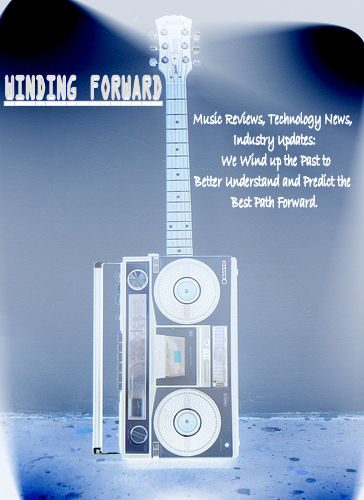This past weekend I caught up with hero innovator, music geek and mere mortal Tim Westegren who is better known as the man behind Pandora internet radio. Since starting the internet based music genome project ten years ago, Pandora has changed the way people in the U.S.A. discover and listen to new music. Tim spoke at The Future of Music Coalition Policy Summit at Georgetown University on October 4, 2010 where he shed light on past struggles, current realities and future ambitions of Pandora.
By the end of 2010, Pandora is projected to have 100,000,000 registered users, making it the largest hub for streaming music in North America. Westegren spoke about the importance of mobile applications on the growth of Pandora, telling the audience that more than half of Pandora’s users are now registered through smart phones. In its infancy, Pandora’s use spiked during the hours of 9-5 demonstrating that use was primarily taking place on peoples desk-top computers at work. Today there is a much more fluid chart of usage around the clock as consumers broadcast Pandora from their phones through their car stereos and while walking around town.
Westegren seemed most excited about pipeline projects with Ford Motors, who will soon be installing car stereos that integrate Pandora via a factory installed Bluetooth device. The vehicle will detect a driver’s smart phone and scan for the Pandora application which will automatically be available as an option through the touch screen and voice activated stereo. According to Westegren, drivers will be able to get into their car and say “play Pandora Greenday station” and instantly music will begin to stream.
Pandora is known for adding unsigned independent artists to the music genome, and streaming them side by side with similar artists. I asked Westegren how Pandora filters through the thousands of solicitations to determine what will be included. It turns out that nearly 70% of all music obtained by Pandora is from unsigned artists. Of this, roughly 30% is added to music that streams across the internet. Westegren offered optimistic words to unsigned musicians, telling the crowed that “there are only two requirements to getting your music added to Pandora. First, your music must be available for purchase at Amazon’s music store. Second, your music must be really good.” Pandora includes links to purchase streamed music from both Amazon and iTunes, the requirement that music be sold online is merely a screening process to ensure that only musicians seriously pursuing a career in music will be included in the genome.
On the horizon there are new technological advances that suggest services like Pandora will continue to make it easier for musicians to distribute their music and connect with fans. This is great news for consumers seeking a user friendly free product, and the artists who necessitate listeners to make a living. Seldom does a free advertisement based product benefit all sides the way Westegren’s Pandora has managed to do.


No comments:
Post a Comment